Jewelry has long been a symbol of elegance, status, and sentiment, but did you know it could also be valuable in ways you might not expect? Whether it’s a family heirloom or a piece you picked up from a vintage shop, certain characteristics can indicate that your jewelry is worth more than sentimental value. Understanding these factors can help you decide whether it’s time to cash in on your hidden treasure. Let’s dive into ten ways you can determine the worth of your jewelry and how to make the most of it if you decide to sell.
1. The Weight and Material of Your Jewelry
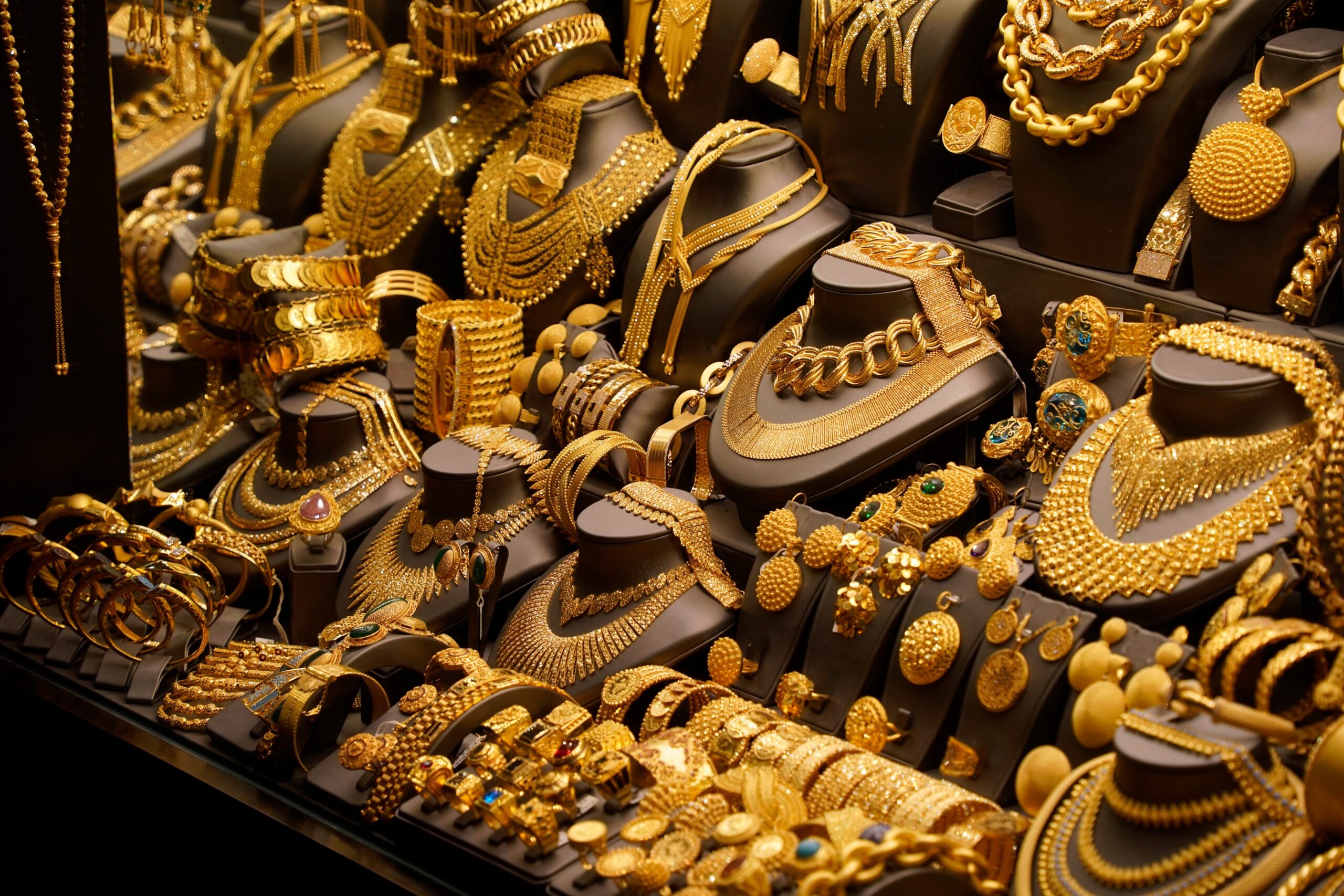
One of the first things to consider is the weight and material of your jewelry. Heavier pieces often indicate more precious metals like gold or platinum, which tend to fetch higher prices. If you’re unsure about the material, a professional jeweler can perform tests to determine the metal type. According to the American Gem Society, pure gold (24k) is notably valuable, but even 14k or 18k gold jewelry holds substantial value. Silver jewelry, while less valuable than gold, can also be worth a pretty penny, especially if it’s sterling silver. Consider the craftsmanship, too; intricate designs often mean more labor and skill, potentially increasing the piece’s value.
Once you’ve identified the material, you can weigh your jewelry to get a better idea of its worth. Use a precise jewelry scale for accuracy, as even slight weight variations can affect the valuation. Check the current market price for the metal, which fluctuates regularly, to estimate its current value. However, don’t forget that unique or antique designs might add extra value beyond just the metal price. In today’s market, both the intrinsic value of the metal and the artistic value of the design play critical roles in determining a piece’s worth.
2. The Presence of Gemstones and Their Quality
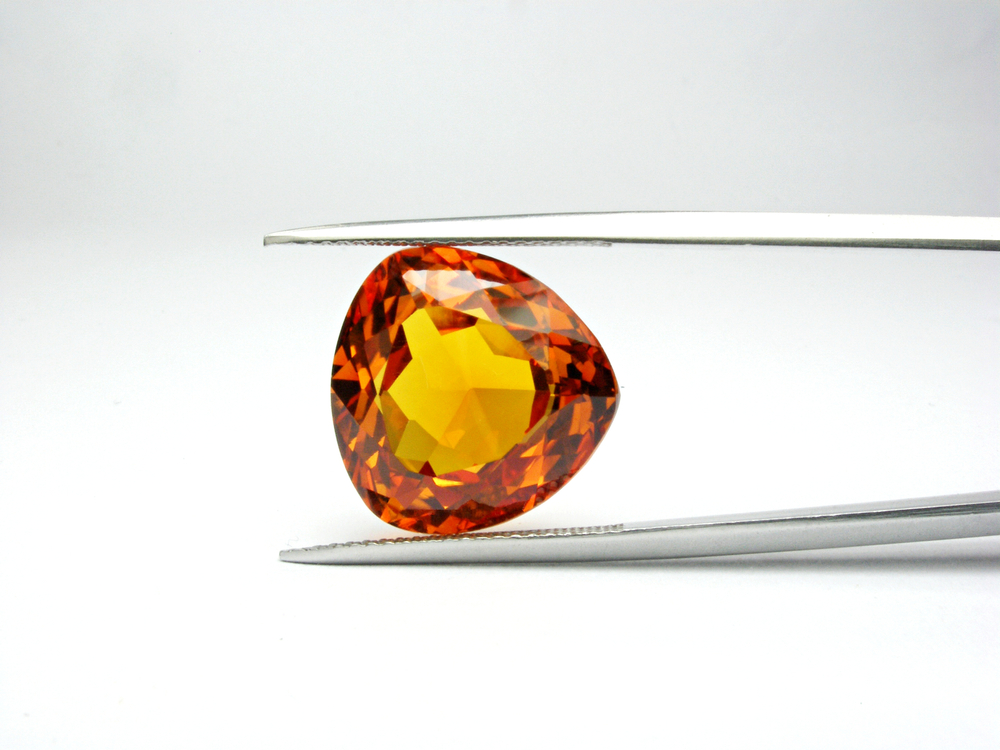
If your jewelry features gemstones, their presence could significantly enhance its value. The quality and type of gemstone are crucial factors in the valuation process. Gemstones such as diamonds, sapphires, rubies, and emeralds are highly sought after, but their cut, clarity, color, and carat weigh heavily on their worth. According to GIA, an authority in gemology, the 4Cs (cut, color, clarity, carat) are vital in assessing a gemstone’s value. For instance, a well-cut diamond with minimal inclusions and a clear color can significantly increase a piece’s market value.
Even semi-precious stones can add value, especially if they are rare or exhibit unique characteristics. It’s worth it to have a professional gemologist appraise your gemstones to determine their quality and market value. Keep in mind that natural, untreated stones generally hold more value than synthetic or treated ones. Real gemstones can make your jewelry not just beautiful, but also a valuable asset. If you’re looking to sell, knowing the specifics of your gemstones can help you better negotiate and get the best price.
3. Age and Historical Significance
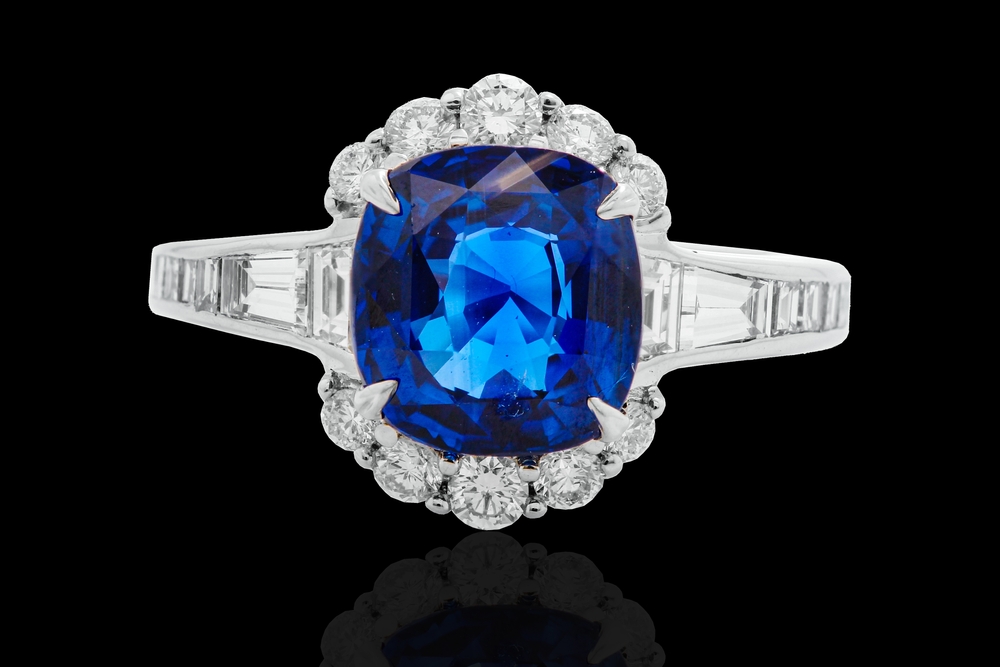
The age of your jewelry can often add layers to its value, particularly if it is considered vintage or antique. Pieces that have historical significance or are from a notable era, like the Victorian, Edwardian, or Art Deco periods, are often highly prized. According to Estate Diamond Jewelry, jewelry from those eras reflects the artistic and cultural movements of their time, making them not just valuable but also historically significant. Old jewelry pieces with provenance, or documented history of ownership, can fetch higher prices, especially if they belonged to someone famous or were part of significant historical events.
It’s important to consider the craftsmanship of older pieces, as they often reflect superior skills and techniques that are rare today. Items that are handcrafted or were part of limited collections tend to be more valuable. Check for any hallmarks or maker’s marks, which can provide clues to the jewelry’s origin and age. However, be cautious about wear and tear, as significant damage might reduce the value. If the piece has been well-maintained or restored, it can still hold considerable value. When selling such items, highlighting their historical context can attract buyers who appreciate the narrative behind the piece.
4. Designer or Brand Recognition
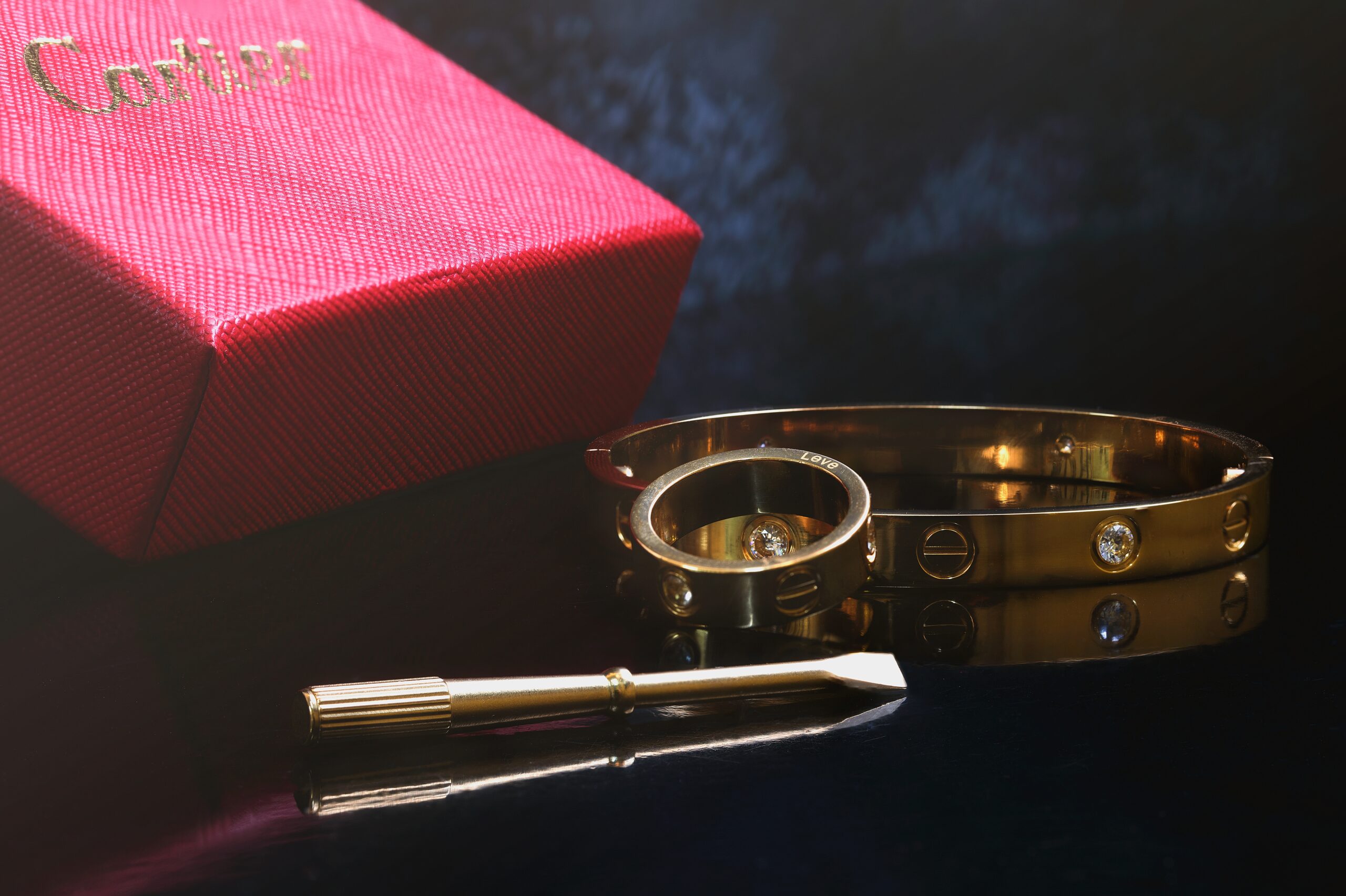
Jewelry from well-known designers or brands often commands higher prices due to their reputation and demand. If your piece carries a signature or logo from a renowned designer like Tiffany & Co., Cartier, or Van Cleef & Arpels, its value may be significantly higher. Famous designers are known for their quality craftsmanship and exclusive designs, which are often considered timeless investments. Recognizing these marks can help you ascertain its worth, as pieces from these brands are often collector’s items that retain or even appreciate in value over time.
In addition to classic brands, modern designers with a cult following can also add considerable value to your jewelry. Researching recent auction results or online marketplaces can give you an idea of the current demand for pieces from specific designers. When selling, documentation such as original receipts, certificates of authenticity, or even the original packaging can enhance the value. These items assure buyers of the authenticity and provenance of your jewelry. As with all valuables, maintaining the piece in excellent condition will ensure you maximize its selling potential.
5. Uniqueness and Rarity of the Piece
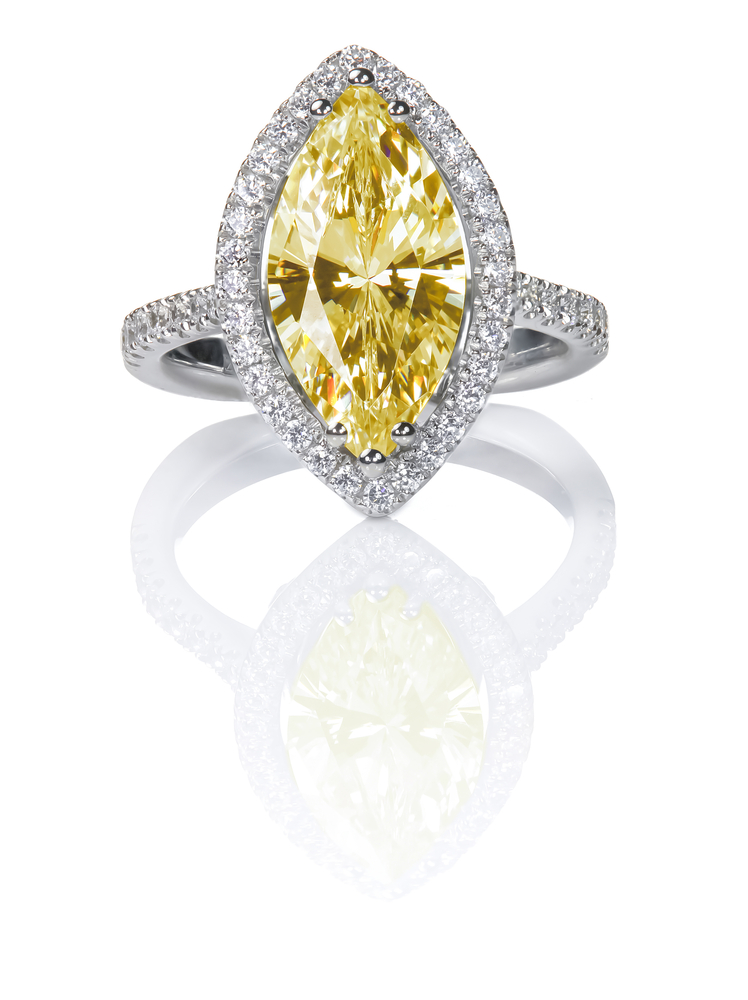
Unique or rare jewelry pieces often attract premium prices due to their scarcity and distinctive appeal. If your jewelry was custom-made or part of a limited edition collection, it might be worth more than mass-produced items. Rare design elements, unusual materials, or innovative techniques can significantly enhance a piece’s desirability. Collectors and enthusiasts are always on the lookout for one-of-a-kind pieces that stand out from the crowd, making rarity a key factor in determining value.
To assess the uniqueness of your jewelry, compare it with similar items on the market. If you find few or no similar pieces, it could indicate rarity and enhance its market value. Jewelry that incorporates unusual gemstones or color combinations may also appeal to a niche market, further increasing its worth. Keep in mind that trends in jewelry design can fluctuate, so what might be rare today could become more common tomorrow, or vice versa. When selling, emphasize the distinctive characteristics that set your piece apart from others, as these features can drive up interest and competitive bidding.
6. Condition and Preservation
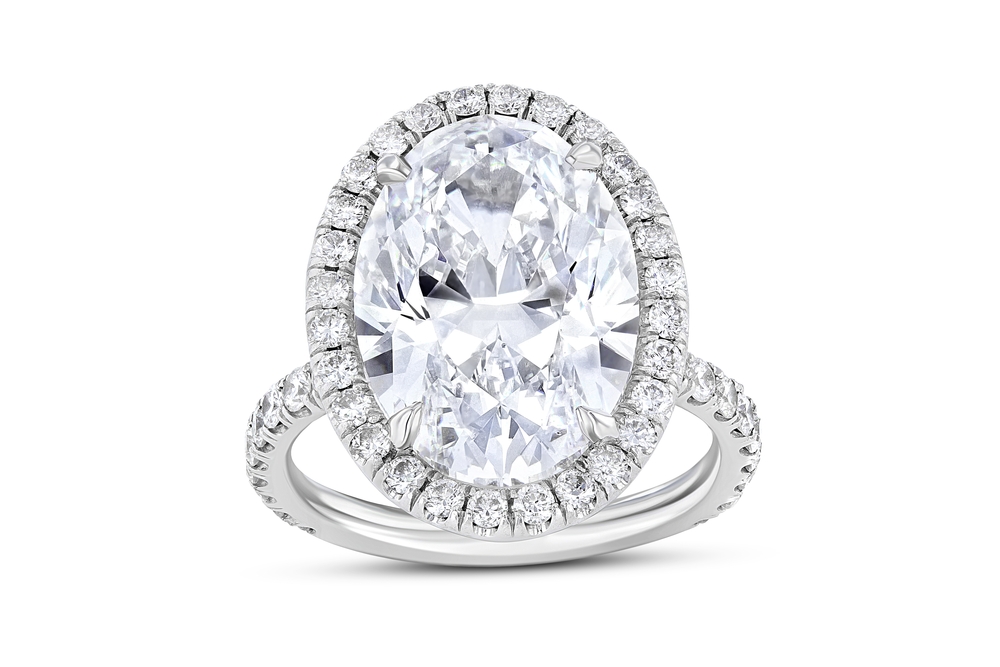
The condition of your jewelry plays a crucial role in its valuation. Well-preserved pieces that show minimal signs of wear and tear are often more appealing to buyers. Scratches, missing stones, or tarnished metals can detract from a piece’s overall value. However, certain signs of aging in antique pieces, like patina, can be desirable and even add to the piece’s charm and historical authenticity. Regular maintenance and professional cleaning can help keep your jewelry in top shape, preserving its value over time.
When considering selling, a professional appraisal can provide insights into any necessary repairs or restorations that might increase the piece’s marketability. Investing in professional restoration can sometimes enhance the value, especially if it returns the piece to its original condition. However, be cautious not to over-restore, as this can sometimes detract from its historical value. Documentation of any restoration work performed can also be beneficial when presenting the piece to potential buyers. Ultimately, maintaining your jewelry well is an investment in its long-term value.
7. Provenance and Certification
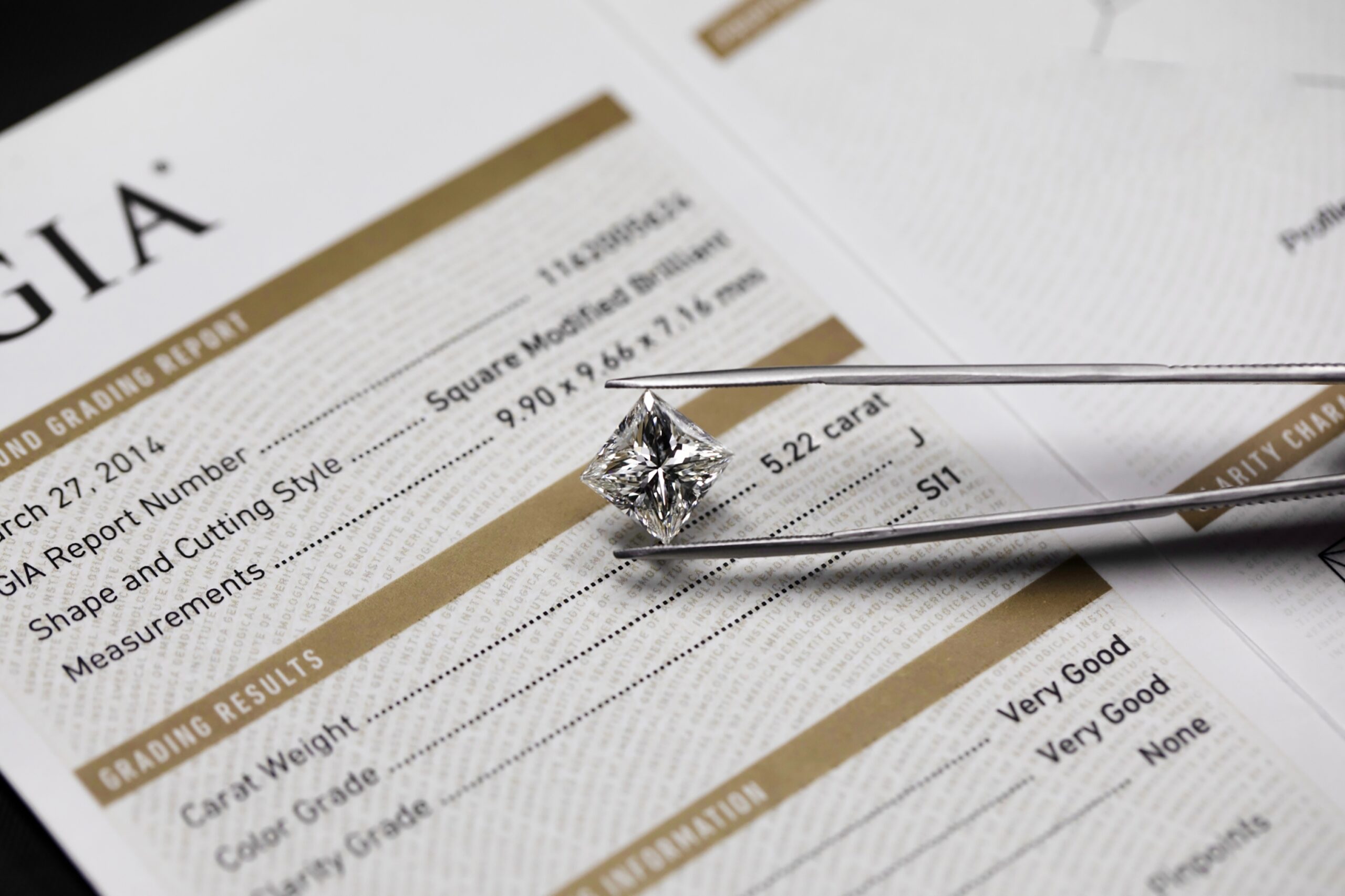
Provenance refers to the documented history of ownership of a piece of jewelry, which can significantly impact its value. A well-documented history, especially one that includes notable previous owners or significant events, can make a piece more desirable to collectors. Certificates of authenticity or appraisals from recognized institutions can also add credibility and assure buyers of its legitimacy. These documents can be especially valuable when selling high-end jewelry, as they provide assurance and reduce the risk for potential buyers.
If you have inherited a piece of jewelry, digging into its history might uncover intriguing stories that could enhance its value. Even without famous owners, knowing the journey of a piece can add to its narrative appeal. When selling, providing comprehensive documentation, including any certificates or appraisals, can facilitate a smoother transaction and potentially raise the selling price. For luxury pieces, certificates of origin from the brand itself can be particularly persuasive. Provenance isn’t just about history; it’s about storytelling, and a well-told story can often command a premium price.
8. Market Trends and Demand
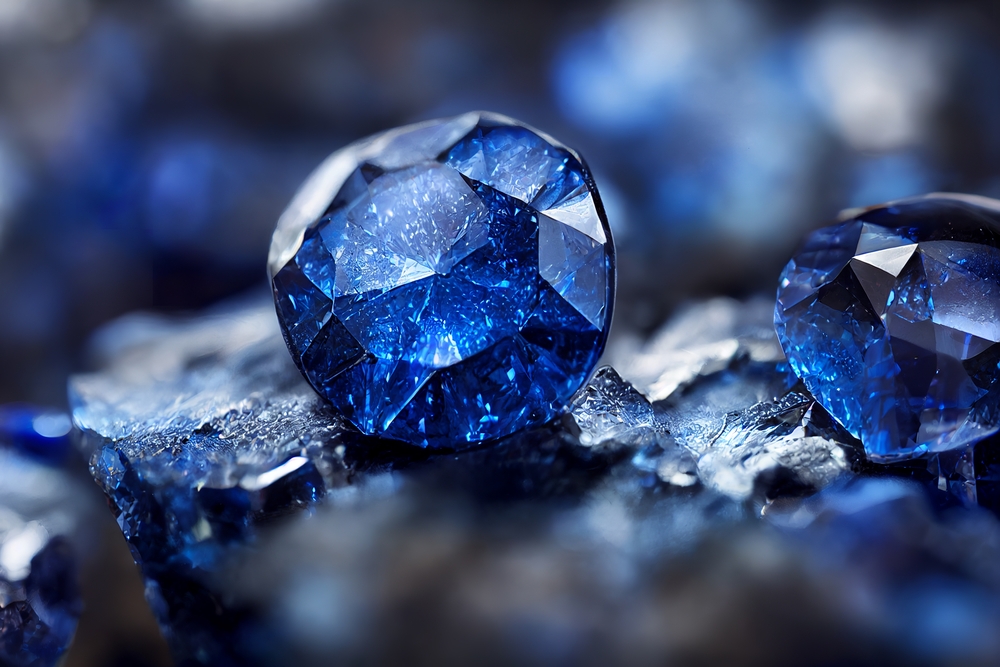
The current market trends and demand for certain types of jewelry can affect how much you can sell your piece for. Styles and preferences in jewelry tend to change over time, and staying informed about these shifts can help you make the best decision on when to sell. For instance, vintage and antique jewelry have seen a resurgence in popularity, often fetching higher prices due to their classic appeal and rarity. On the other hand, modern minimalist designs might be currently trending, creating a high demand for those pieces.
Research online marketplaces, auction results, and jewelry trade publications to gauge current demand and price ranges for similar items. Keeping an eye on fashion magazines and celebrity trends can also provide insights into what styles are in vogue. Timing your sale to align with these trends can help you capitalize on peak demand. However, be cautious not to rush into selling without proper valuation and consideration simply because a style is currently popular. External factors like economic conditions and consumer confidence can also impact the jewelry market, so stay informed to make the most strategic selling decision.
9. Emotional vs. Monetary Value

While determining the monetary value of your jewelry is essential, consider the emotional value it holds for you and your family. Sometimes, the sentimental worth can outweigh any financial gain, especially if the piece is an heirloom with a rich family history. It’s important to balance these aspects when deciding whether to sell or keep a piece of jewelry. Discuss with family members who may have a vested interest in the piece to ensure everyone is comfortable with the decision.
If you do decide to sell, sharing the personal history and significance of the jewelry with potential buyers can add an emotional appeal. Sometimes buyers are looking for more than just a beautiful item; they want something with a story. This narrative can enhance the perceived value and potentially increase the final selling price. Remember, the decision to sell is ultimately personal, and it’s okay to hold onto pieces that mean more to you than their market value. Trust your instincts and choose what feels right for you and your family.
10. Choosing the Right Selling Platform
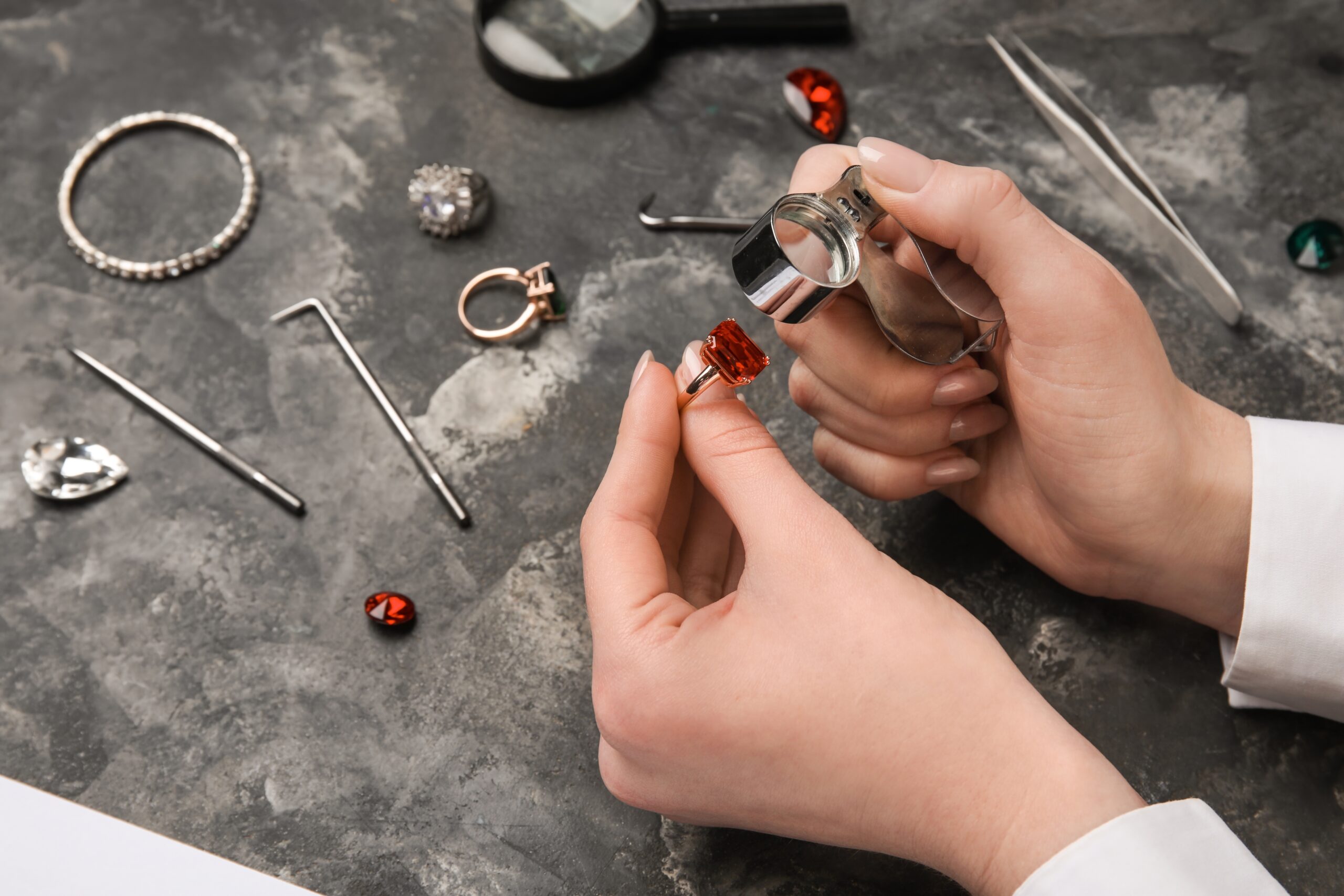
Once you’ve decided to sell, choosing the right platform is crucial to maximizing your return. Options include online marketplaces, auction houses, consignment shops, or directly selling to a jeweler. Each has its pros and cons, so it’s essential to weigh your options based on the piece’s value and your comfort level with each selling method. Online marketplaces like eBay or Etsy offer a vast audience but require diligent management and awareness of potential scams.
Auction houses can be an excellent choice for high-value pieces, as they attract serious buyers willing to pay a premium for rare items. Consignment shops provide a middle ground, handling the sale for a commission, which can save you time but might reduce your final earnings. Selling directly to a jeweler can be quick and convenient, though you might not get the best price. Research each option thoroughly and choose the one that aligns best with your goals, timeline, and the nature of your jewelry.
This article is for informational purposes only and should not be construed as financial advice. Consult a financial professional before making investment or other financial decisions. The author and publisher make no warranties of any kind.








